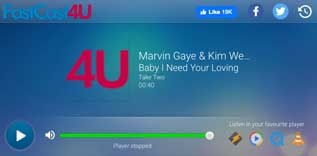This Day in Rock History - July 17th

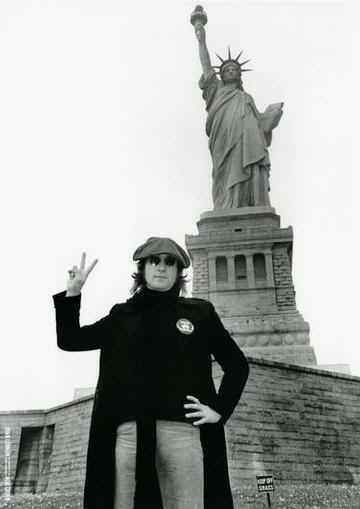
1973: John Lennon has his application for U.S. citizenship turned down. Instead, the State Department gives him 60 days to leave the country.
This Day in Rock History - July 16th
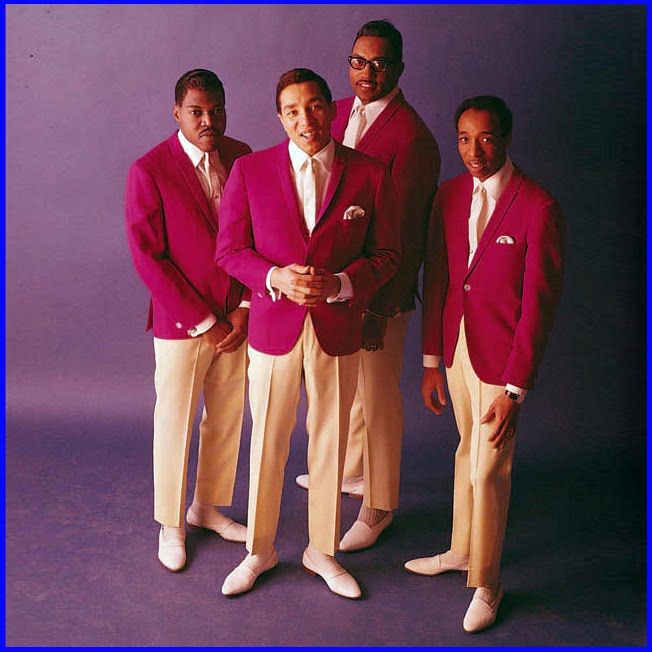
1972: At the Amphitheater in Washington, D.C., Smokey Robinson performs his final concert with the Miracles. At the end of the show, he introduces his replacement, Billy Griffen.
Tech Support Calling? Don't Answer!
 Authorities warn that today’s biggest scam is the supposed call from “Tech support.” Fraudsters are racking up nearly $460 every 10 seconds for a yearly haul of $1.5 billion.
Authorities warn that today’s biggest scam is the supposed call from “Tech support.” Fraudsters are racking up nearly $460 every 10 seconds for a yearly haul of $1.5 billion.
Here’s how the scam works.
You get a call from somebody claiming to be from “Microsoft,” “Windows” (a giveaway as Windows is the name of the operating system, not the company) or an anti-virus software company such as Norton or Symantec. The caller claims that software on your computer is sending them messages that you have very dangerous viruses on your computer. They can remove the viruses if you give them remote access to your computer.
What that remote access will really do is give the scam artists access to all your vital information, account numbers and passwords.
Here’s what you need to know:
1.) Companies like Microsoft and Symantec will never call you out of the blue. They just don’t.
2.) Anti-virus software is designed to catch and remove viruses all by themselves. There is no anti-virus software that alerts the home office and then requires a live tech support person to remove it.
Don’t fall for the scam. Either hang up or do what we do. Ask the caller if they think their mothers would be proud of how they’re spending their days as a thief who hides their true identity and tries to rip off old ladies.
"Shazam" (1970)
A Hidden Treasure From Rock & Soul’s Golden Era
A series of posts about albums you may have missed back in the day when so much good music was coming out on nearly a daily basis. But now that the real “good stuff” is few and far between, you might want to backtrack and add these gems to your music collection.
The Move was the right band in the right place at the wrong time. Successful from the start in their native England, they released a string of songs that went Top 10 in the UK, but went nowhere in the U.S. Their first, self-titled album wasn’t even released in the States. It was their second album, “Shazam,” released in February of 1970 that introduced the group to American audiences.
It remains one of rock’s great underappreciated masterpieces – a tremendous example of the kind of power pop the Beatles pioneered and later championed by bands like Cheap Trick.
Perhaps it was the crudely drawn cover that kept the album from getting much attention at the time. Maybe it was their American label’s (A&M) lack of promotional push. Whatever the reason, the album never made the charts and was known only to a small cult of rock afficianados.
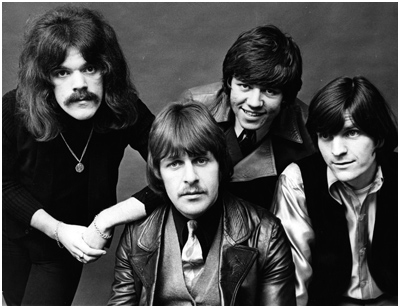
The Move had already gone through a number of personnel shifts. Original members Roy Wood (guitar/vocals), Carl Wayne (guitar/vocals) and Bev Bevan (drums) formed the band’s nucleus. Wayne preferred a lighter pop sound perfectly suited to playing cabaret-style venues while Wood and Bevan kept pushing for songs that were more adventurous, with a harder edge. As Wood was the only real songwriter in the group, his preferences would come to dominate.
“Shazam” represented a compromise. Side one features 3 Roy Wood compositions while side two contains the kind of cover songs Wayne preferred.
SIDE ONE
- “Hello Suzie”
- “Beautiful Daughter”
- “Cherry Blossom Clinic Revisited”
SIDE TWO
- “Fields of People”
- “Don’t Make My Baby Blue”
- “The Last Thing on My Mind”
Tracks 1 and 3 rock pretty hard while “Beautiful Daughter” is a ballad that showcases Wayne’s vocals. “Cherry Blossom Clinic Revisited” is actually a re-working of a song from the band’s debut album, made longer and loonier with several extended snatches of famous classical tunes like “The Sorcerer’s Apprentice” and “Jesu, Joy of Man’s Desiring” interwoven into the song (a precursor to the band’s ultimate direction, as you will see).
Track 4 is a polished piece of psychedelic rock (remember that?) complete with sitar and flower power lyrics. “Don’t Make My Baby Blue” is a Barry Mann-Cynthia Weil pop song from the Brill Building era of the early 60’s. “The Last Thing on My Mind” is actually a Tom Paxton folk song given the “heavy” treatment.
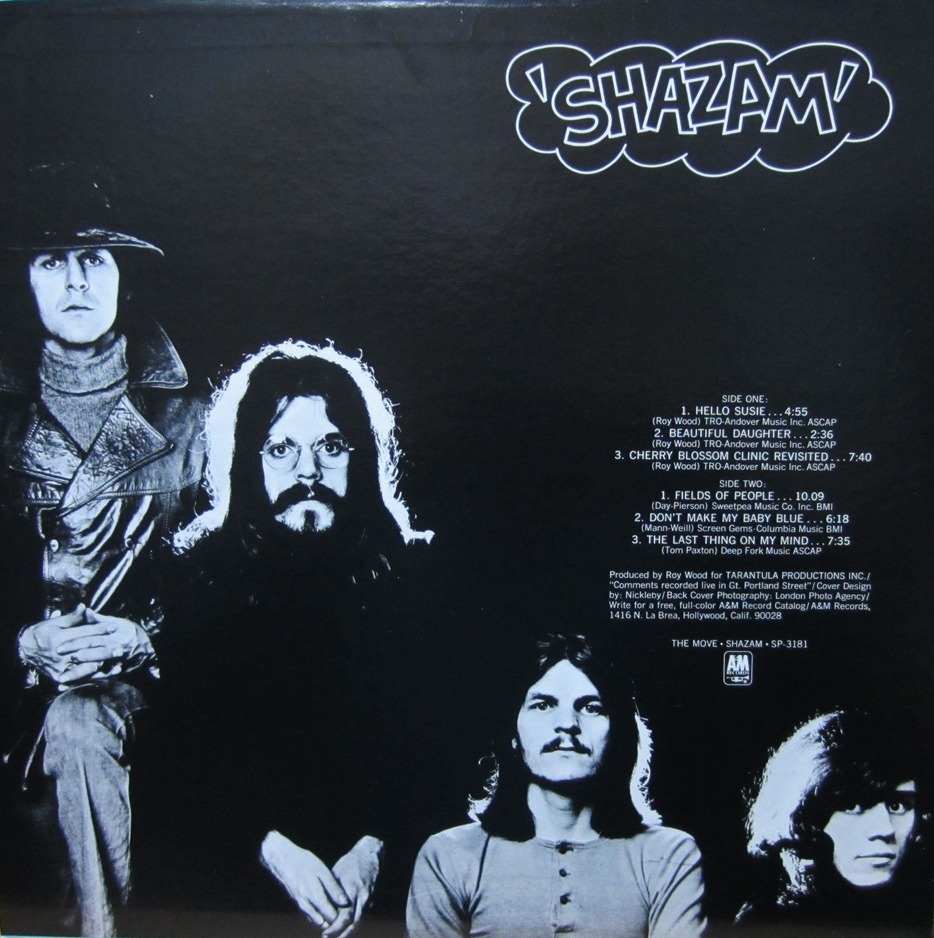 After “Shazam” was in the can, but before it was released, Wayne took off. Wood invited another prominent member of the Birmingham music scene, who also was songwriter, to replace him. Jeff Lynne came on board. The band released two more albums (“Looking On” and “Message from the Country”) as well as a brilliant double sided single “Do Ya”/“California Man.”
After “Shazam” was in the can, but before it was released, Wayne took off. Wood invited another prominent member of the Birmingham music scene, who also was songwriter, to replace him. Jeff Lynne came on board. The band released two more albums (“Looking On” and “Message from the Country”) as well as a brilliant double sided single “Do Ya”/“California Man.”
Still, American audiences were indifferent. So the three remaining members decided to go in a completely different direction. They renamed themselves Electric Light Orchestra. By the third album, Wood departed leaving the band under Lynne’s direction. And that’s when success in the States finally arrived! In fact, ELO’s version of “Do Ya” is the one that most people know today (although it is virtually identical to the earlier Move version).
Roy Wood went on to a reasonably successful solo career in England. Lynne joined the Traveling Wilburys and has now resurrected the ELO name as "Jeff Lynne's ELO," while Bevan tours with “The Move featuring Bev Bevan and Trevor Burton.”
Before You Hit the Gym
 So you’ve finally decided you want to get in shape. Your plan is to join a gym and reclaim that hard body you had at 25. Good for you! But here’s a tip.
So you’ve finally decided you want to get in shape. Your plan is to join a gym and reclaim that hard body you had at 25. Good for you! But here’s a tip.
Gym owners tell us that a large percentage of new gym members only last about a month before their visits start to trail off and then stop all together.
Before you make a long term financial commitment, test your resolve. Find a gym that will either charge you per visit or allow you to go month to month with no long term contract. If you’re still going strong after a few weeks, then you might want to consider signing up for the long haul.
Alfred Hitchcock Presents
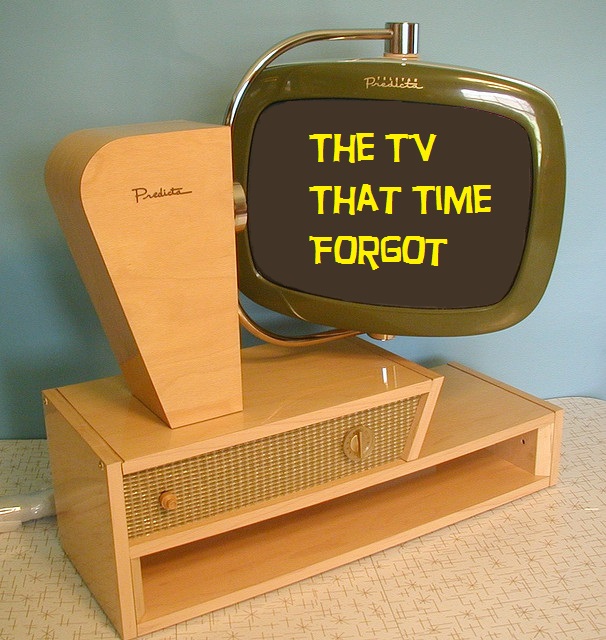 While often lumped together with “The Twilight Zone” and “Boris Karloff’s Thriller,” “Alfred Hitchcock Presents” is the true original, debuting 4 years before TZ and 5 before “Thriller.”
While often lumped together with “The Twilight Zone” and “Boris Karloff’s Thriller,” “Alfred Hitchcock Presents” is the true original, debuting 4 years before TZ and 5 before “Thriller.”
Alfred Hitchcock’s show was also different than the other two in that it didn’t deal in either supernatural or science-fiction. The situations may have been odd, but were always rooted in reality. Cold, brutal or gruesome reality, but reality nonetheless.
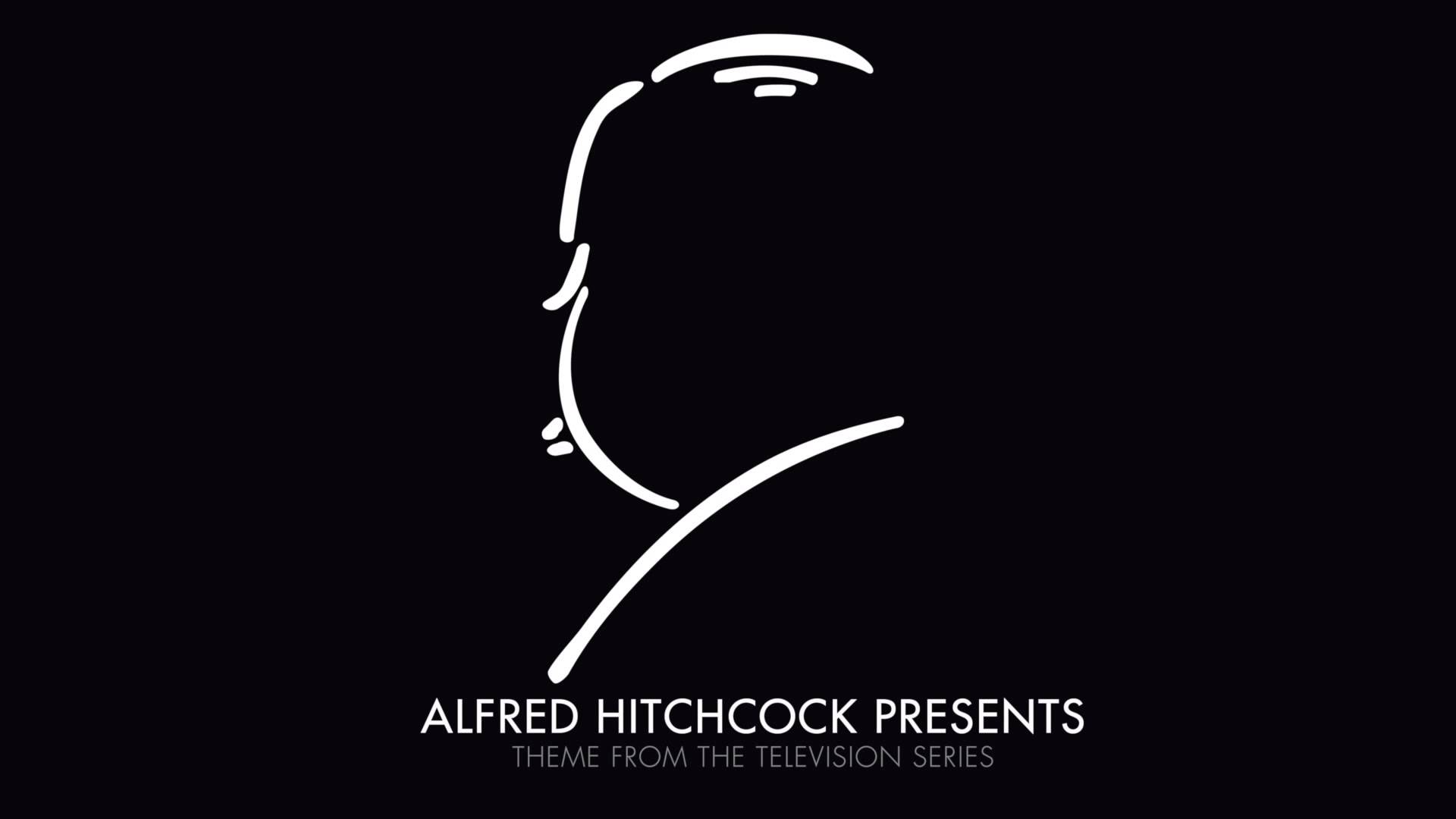 The show debuted in the fall of 1955 featuring a pair of now-classic episodes directed by the master himself. The first, “Revenge” about a husband looking for the man who assaulted his wife when she was alone in their mobile home and “Breakdown” featuring Joseph Cotton as a man paralyzed in a car crash, unable to tell the workers carting him off to the morgue that he’s not dead!
The show debuted in the fall of 1955 featuring a pair of now-classic episodes directed by the master himself. The first, “Revenge” about a husband looking for the man who assaulted his wife when she was alone in their mobile home and “Breakdown” featuring Joseph Cotton as a man paralyzed in a car crash, unable to tell the workers carting him off to the morgue that he’s not dead!
Hitch would go on to direct 15 more half-hours during the show’s 8 season run. But even when he wasn’t directing, the show always highlighted his style of crime thrillers. And of course, each episode featured the master himself introducing and closing each program with a generous helping of his macabre sense of humor and disdain for the sponsor.
You might not realize it, but Hitchcock used many an episode’s closing to skirt the censorship issues of the day. TV standards demanded that the guilty always be punished for their misdeeds. Hitchcock didn’t care about that. He wanted a story with a good punch at the end. As such, quite a few episodes of “Alfred Hitchcock Presents” end with crime paying – and paying very handsomely. But to please the censors, Hitch would show up on camera to assure the censors that the guilty were eventually punished.
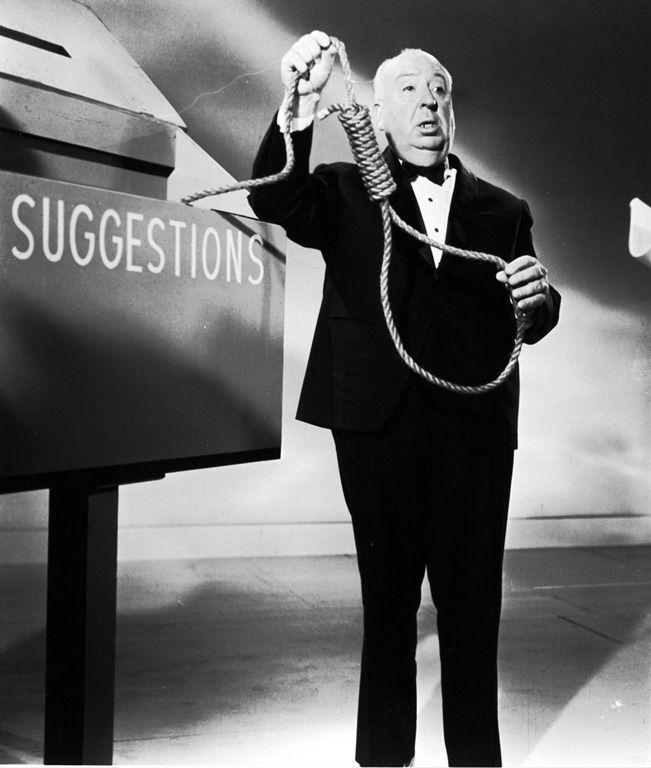 The original half-hour produced 268 episodes. For the ninth season, it was expanded to 60 minutes and the show’s title was changed to “The Alfred Hitchcock Hour.” That version ran for another 3 season and produced an additional 93 episodes.
The original half-hour produced 268 episodes. For the ninth season, it was expanded to 60 minutes and the show’s title was changed to “The Alfred Hitchcock Hour.” That version ran for another 3 season and produced an additional 93 episodes.
Among the current or future stars who appeared during the shows run: Clint Eastwood, Robert Redford, Steve McQueen, Walter Matthau, Claude Rains, Dick Van Dyke, Peter Lorre, Leslie Nielsen, Angie Dickinson, Burt Reynolds, Christopher Lee, William Shatner, Peter Falk, Bette Davis, Telly Savalas Olivia de Havilland, Martin Balsam, Elsa Lanchester, Bruce Dern, Richard Basehart, Francis Bavier, Charles Bronson, James Caan, John Carradine, Art Carney, Tony Randall, Robert Duvall, Peter Fonda, Martin Landau, Jayne Mansfield, Roddy McDowell, Bob Newhart and Vincent Price.
We all have our favorite episodes, but here are a few of the most famous:
- Barbara Bel Geddes kills her husband by beating him with a frozen lamb chop (Hitchcock’s personal favorite)
- Billy Mumy as a 10-yerar old wandering around with a real loaded gun that he thinks is only a toy
- Claude Rains as a ventriloquist who seems to have a very strange relationship with his female dummy
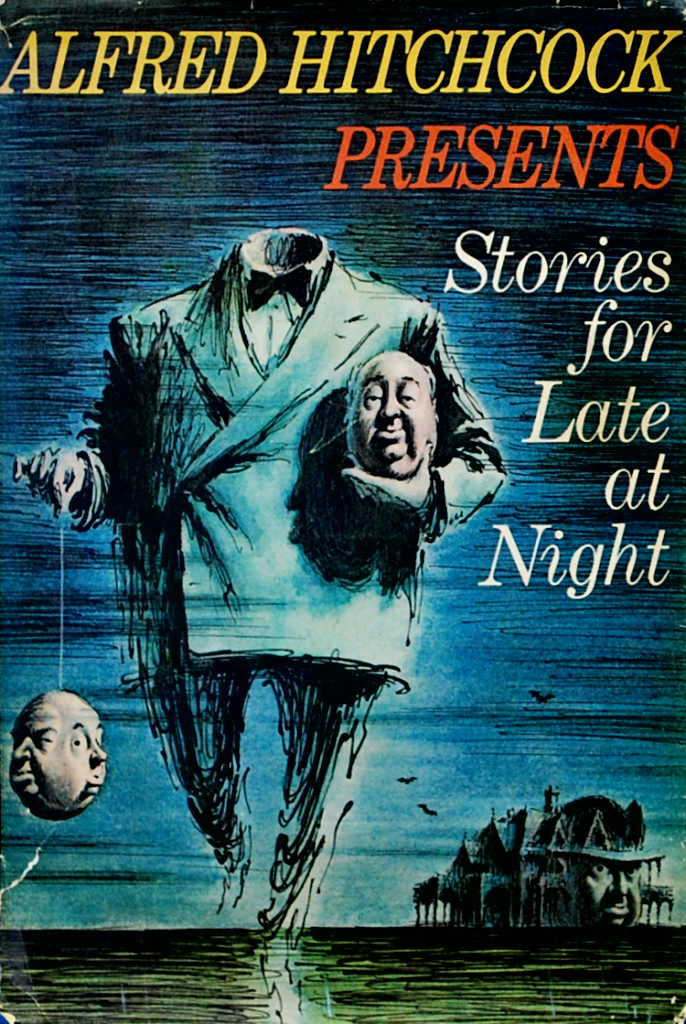 The series proved so popular in syndication that a revival was attempted in 1985. It lasted one season on NBC and three more on USA Network. In a ghoulish touch Hitchcock himself might appreciate, the new series featured colorized footage of the late director from the original series at the beginning of each episode.
The series proved so popular in syndication that a revival was attempted in 1985. It lasted one season on NBC and three more on USA Network. In a ghoulish touch Hitchcock himself might appreciate, the new series featured colorized footage of the late director from the original series at the beginning of each episode.
By the way, that famous theme song is actually a piece of classical music, appropriately titled “Funeral March of the Marionettes.” And that line drawing caricature that opened the show was drawn by Hitchcock himself.
The first 6 seasons are available on DVD in the USA. The 7th season as well as the complete “Alfred Hitchcock Hour” series is available in Australia.
This Day in Rock History - July 15th
 1952: An 8-year old singer named Gladys Knight appears on the America’s Got Talent of its day, Ted Mack’s Original Amateur Hour, broadcast over the now-defunct Dumont Television Network.
1952: An 8-year old singer named Gladys Knight appears on the America’s Got Talent of its day, Ted Mack’s Original Amateur Hour, broadcast over the now-defunct Dumont Television Network.
Gladys takes home the $2,000 first prize for her rendition of “Too Young,” a song popularized by Nat King Cole.
This Day in Rock History - July 14th
 1973: After years of increasing tension between The Everly Brothers, Phil Everly storms off stage during the duo’s concert at Knott’s Berry Farm in California.
1973: After years of increasing tension between The Everly Brothers, Phil Everly storms off stage during the duo’s concert at Knott’s Berry Farm in California.
The two would not perform together again for ten years, finally reuniting in 1983 with a show at the Royal Albert Hall in London.
This Day in Rock History - July 13th
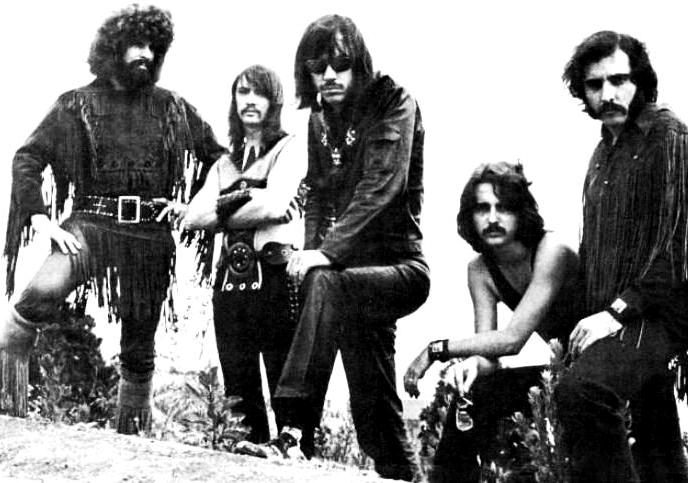
1968: Steppenwolf releases their recording of “Born to Be Wild.” In addition to becoming a smash hit, the song contains the lyric “heavy metal thunder,” which soon comes to be a label for a certain type of loud, guitar-centric rock music.
This Day in Rock History - July 12th

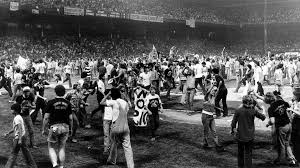 1979: Chicago DJ’s Steve Dahl and Gerry Meier stage a “Disco Demolition Night” at Comiskey Park in Chicago. The event is supposed to feature a bonfire of disco records between games of a Chicago White Sox doubleheader.
1979: Chicago DJ’s Steve Dahl and Gerry Meier stage a “Disco Demolition Night” at Comiskey Park in Chicago. The event is supposed to feature a bonfire of disco records between games of a Chicago White Sox doubleheader.
Unfortunately, many fans start flinging records around the ballpark during the first game, leading to fights and a mini-riot. The resulting pandemonium causes the Sox to forfeit the second game.
Pop Up Player
Latest Posts–Fads & Fashion
-
ROCK REMEMBERED
We're all about the history of rock & roll at BoomtownAmerica.com! Every Wednesday, we present “ROCK REMEMBERED,” where we take a deep dive into the hidden history of rock & roll, the stories behind the artists…
-
Anybody Camping This Summer?
-
Take the Quiz & See
Get on the beam, teen!
-
Is There a Pattern to This?
Back in the day, making your own clothes was "Simplicity" in itself!
-
Truth, Justice... And the American Way!
A thought for Memorial Day: Anybody but us remember when THIS was "the American Way?"
-
Our Forgotten Cartoon-Americans!
If you were a Baby Boomer who got up at the crack of dawn on Saturday mornings, poured yourself a big bowl of Sugar Smacks, and plopped yourself down in front of the family TV,…



